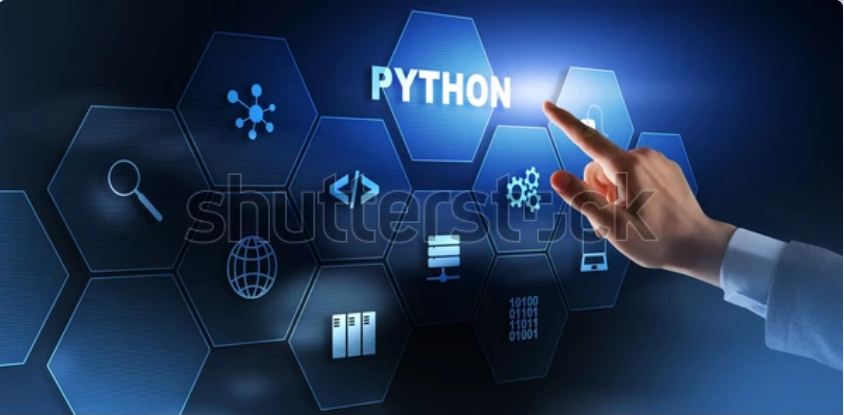what is python language ? python tutorial
Python is a high-level, general-purpose programming language known for its readability, simplicity, and versatility. Created by Guido van Rossum and first released in 1991, Python has become one of the most popular programming languages in the world. Here’s a detailed explanation covering various aspects of Python: python tutorials for beginner

1. General Overview:
- Python is designed to be easy to read and write. Its syntax allows developers to express concepts in fewer lines of code than languages like C++ or Java, making it more accessible for beginners.
- It supports multiple programming paradigms, including procedural, object-oriented, and functional programming.
2. Key Features:
- Readability: Python’s syntax emphasizes code readability, which reduces the cost of program maintenance and development.
- Dynamically Typed: Python is dynamically typed, meaning you don’t need to declare variable types explicitly. This can lead to more concise and flexible code.
- Interpreted Language: Python is an interpreted language, which means that the code is executed line by line. This can facilitate rapid development and testing.
3. Community and Ecosystem:
- Python has a large and active community of developers. This community contributes to the language’s growth, development of libraries, and the resolution of issues.
- The Python Package Index (PyPI) hosts an extensive collection of third-party libraries and frameworks, making it easy to find and incorporate functionality into your projects.
4. Applications:
- Web Development: Frameworks like Django and Flask make Python a popular choice for building web applications.
- Data Science: Python is widely used for data analysis, machine learning, and artificial intelligence. Libraries like NumPy, Pandas, and TensorFlow are essential tools in this domain.
- Automation and Scripting: Python is frequently used for scripting and automation tasks due to its simplicity and versatility.
5. Versatility and Portability:
- Python is platform-independent, meaning Python code can run on various platforms without modification.
- It’s a cross-language integration tool, allowing developers to interface with code written in languages like C and C++.
6. Recent Developments:
- As of my last knowledge update in January 2022, Python 3 is the latest major version. The language continues to evolve, with regular releases introducing new features, optimizations, and improvements.
7. Learning Resources:
- A plethora of online resources, tutorials, and documentation make learning Python accessible for beginners and offer advanced topics for experienced developers.
- Online platforms like Codecademy, Coursera, and edX offer Python courses.
8. Conclusion:
- Python’s popularity can be attributed to its simplicity, readability, and the broad range of applications it supports. Whether you’re a beginner learning to code or an experienced developer working on complex projects, Python remains a powerful and versatile language.
This overview provides a glimpse into Python’s characteristics, applications, and community, but there is much more to explore and learn about this dynamic programming language.
